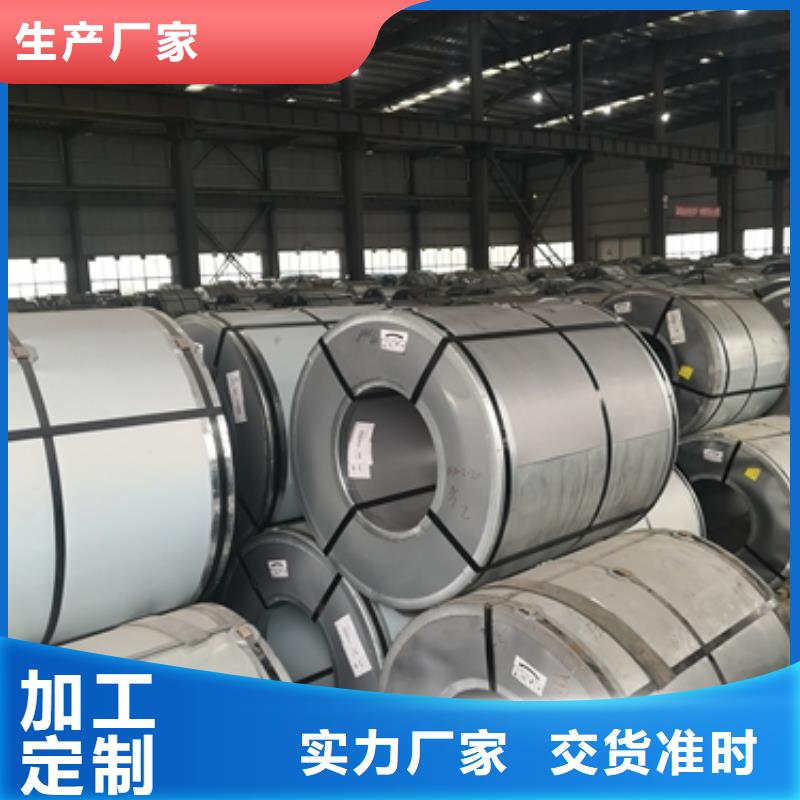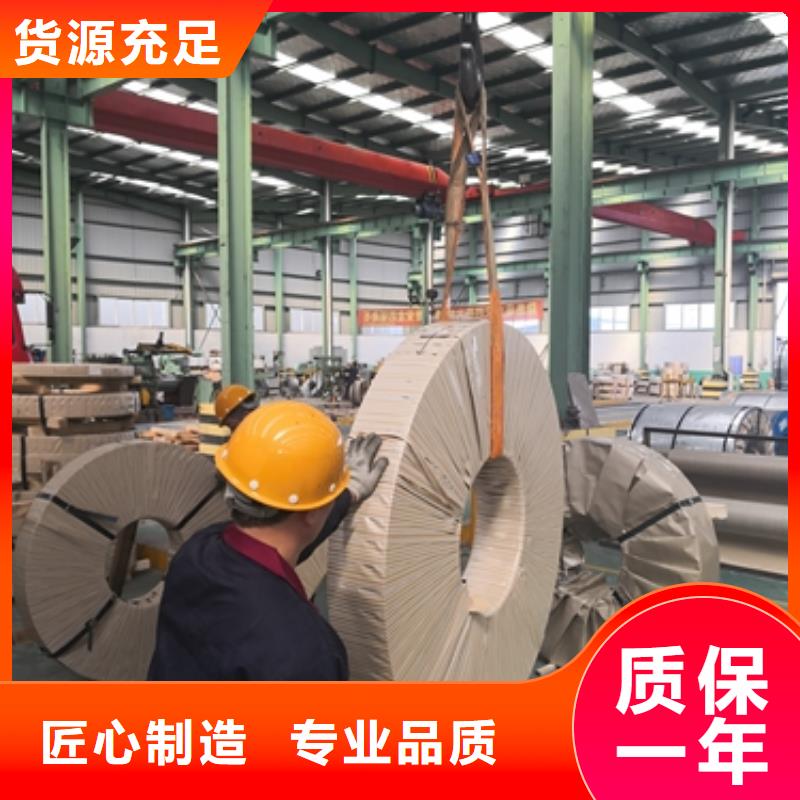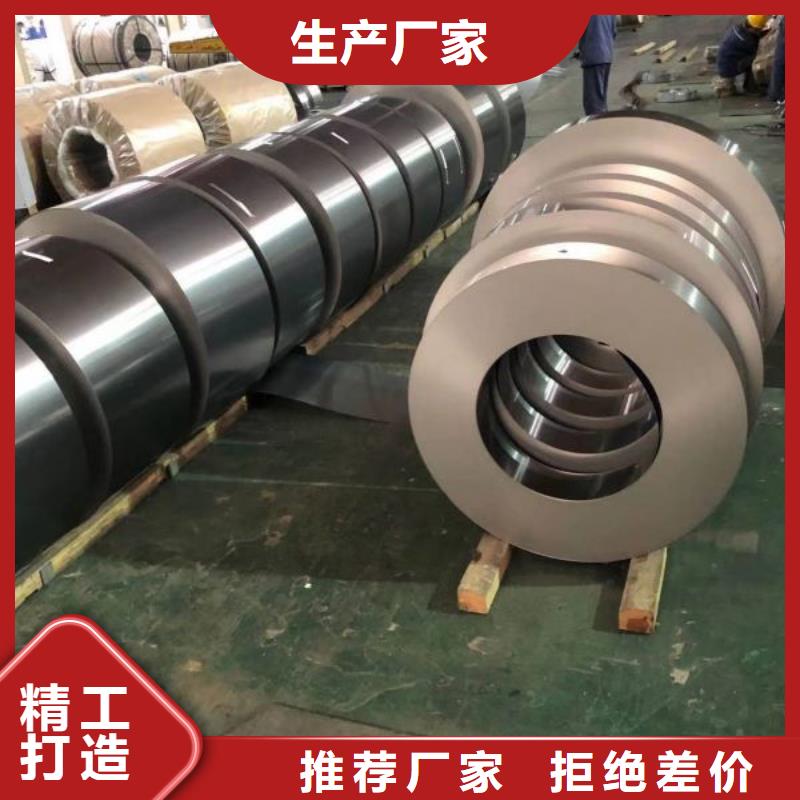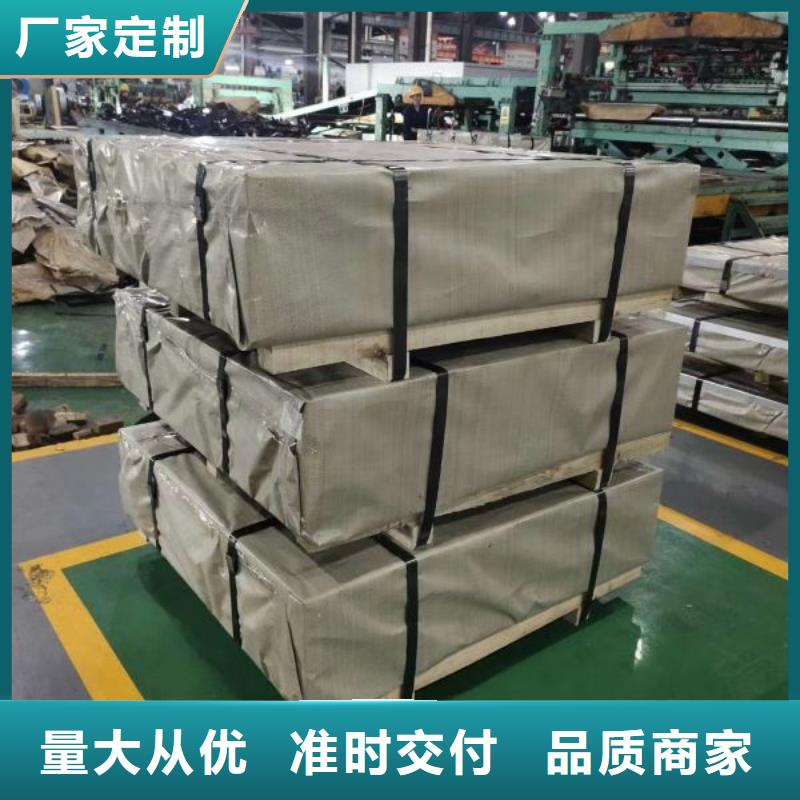想要更直观地了解价格35A440产品的特点和功能吗?我们为您准备了视频介绍,相较于图文,视频更能让您轻松掌握产品的核心卖点。
以下是:价格35A440的图文介绍
十多年来,鹿程国际贸易(临沂市分公司)凭借雄厚的技术力量,丰富的施工经验,严密科学的管理体系,承建了众多标志性 硅钢工程,赢得了新老客户的赞扬和肯定,在同行业中享有很高和良好的信誉。


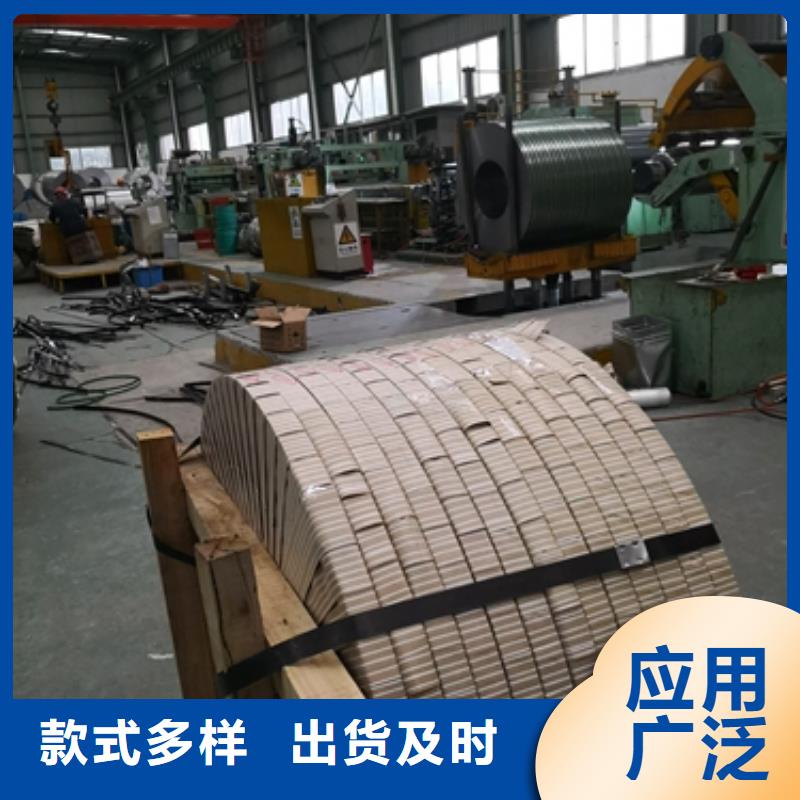
电工钢硅钢片 电工钢主要分为晶粒取向电工钢和晶粒无取向电工钢两大类。取向电工钢易磁化晶粒方向沿轧制方向分布,轧制方向具有高磁感、低铁损及低磁致伸缩等优良特性,同时还可通过磁畴细化的技术处理,获得更低铁损的性能,广泛应用于变压器行业领域。从2008年5月15日,宝钢 卷合格取向电工钢成功下线以来,宝钢取向电工钢品种迅速拓展至普通型、高磁感型和细化磁畴高磁感型三大类。本手册综合介绍了宝钢取向电工钢的牌号、品种、规格、应用范围、电磁性能、力学性能、尺寸板形公差、相关的使用技术及广泛的应用业绩,使用户对宝钢取向电工钢产品能进一步了解,进而充分利用宝钢电工钢产品特性,生产出更加优良的下游产品。
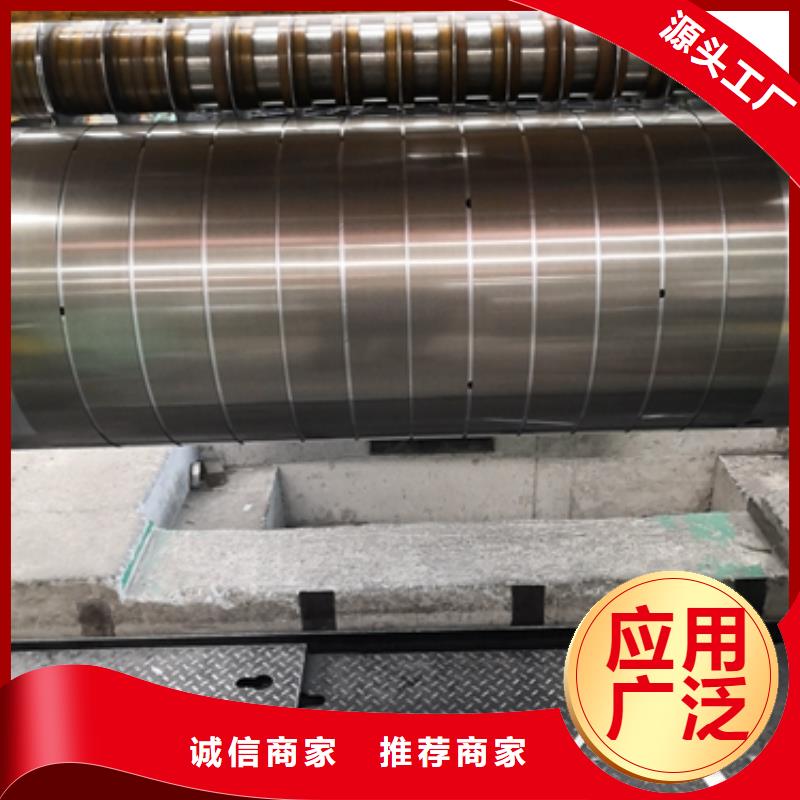
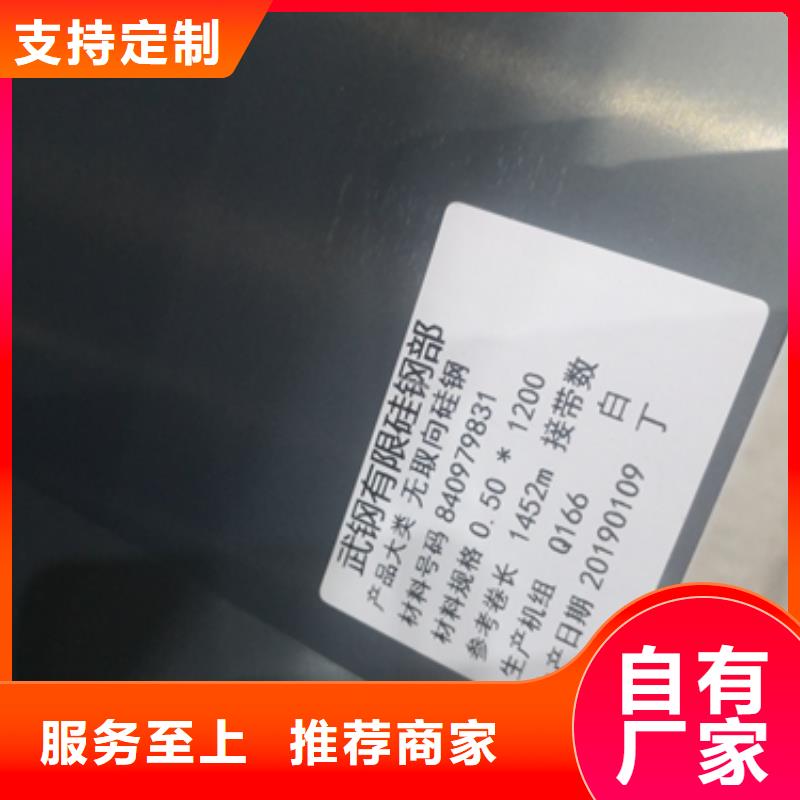
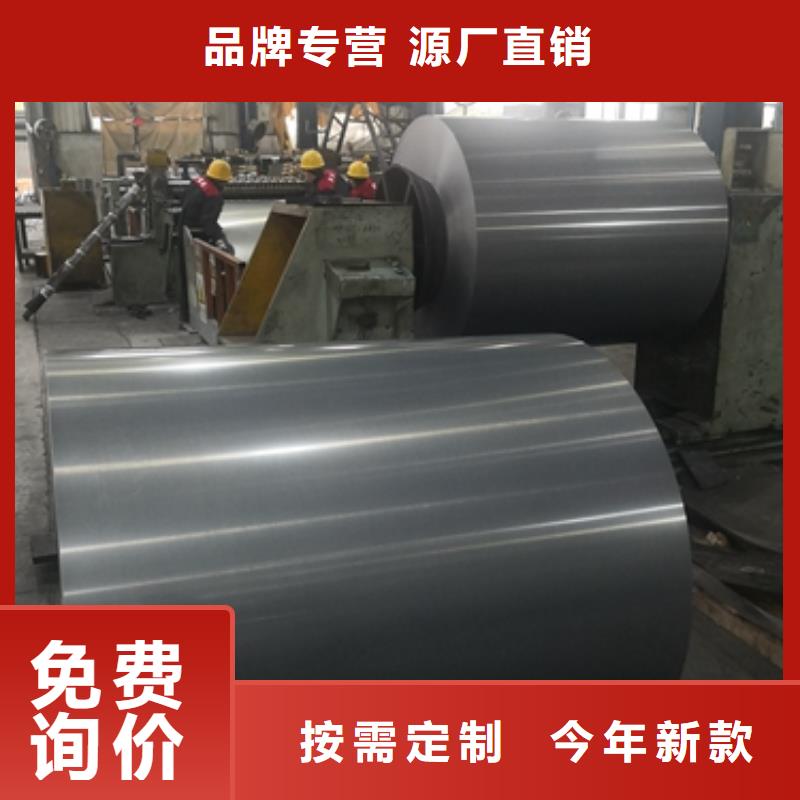
电工钢硅钢片 电工钢板通常是以铁芯损耗和磁感应强度作为产品磁性保证值[1] [2] 。对电工钢板性能的要求如下:铁芯损耗(PT)低铁芯损耗是指铁芯在≥50Hz交变磁场下磁化时所消耗的无效电能,简称铁损,也称交变损耗,其单位为W/kg。这种由于磁通变化受到各种阻碍而消耗的无效电能,通过铁芯发热既损失掉电能,又引起电机和变压器的温升。电工钢的铁损(PT)包括磁滞损耗、本地涡流损耗(Pe)和反常损耗(Pa)三部分。电工钢板铁损低,既可节省大量电能,又可延长电机和变压器工作运转时间,并简化冷却装置。由于电工钢板的铁损所造成的电量损失占各国全年发电量的2.5%~4.5%,因此各国生产电工钢板总是千方百计设法降低铁损,并以铁损作为考核产品磁性的重要指标,按产品的铁损值作为划分产品牌号的依据。冷轧取向电工钢:冷轧取向电工钢是电工钢中的高端产品,与冷轧无取向电工钢相比,磁性具有强烈的方向性;在易磁化的轧制方向上具有优越的高磁导率与低损耗特性。取向钢带在轧制方向的铁损仅为横向的1/3,磁导率之比为6:1。用途:冷轧取向硅钢带主要的用途是用于变压器制造。
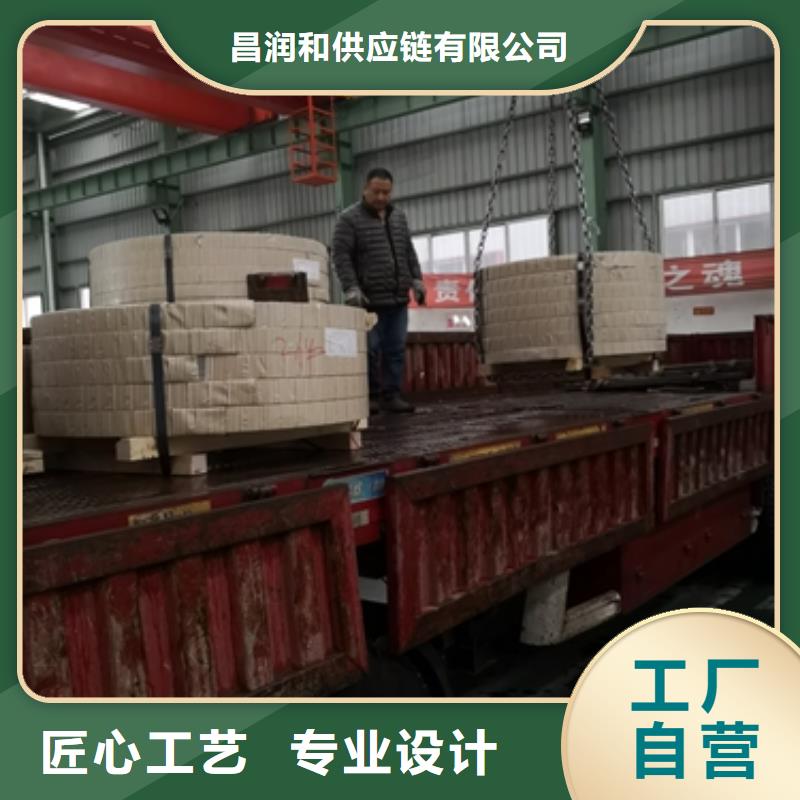
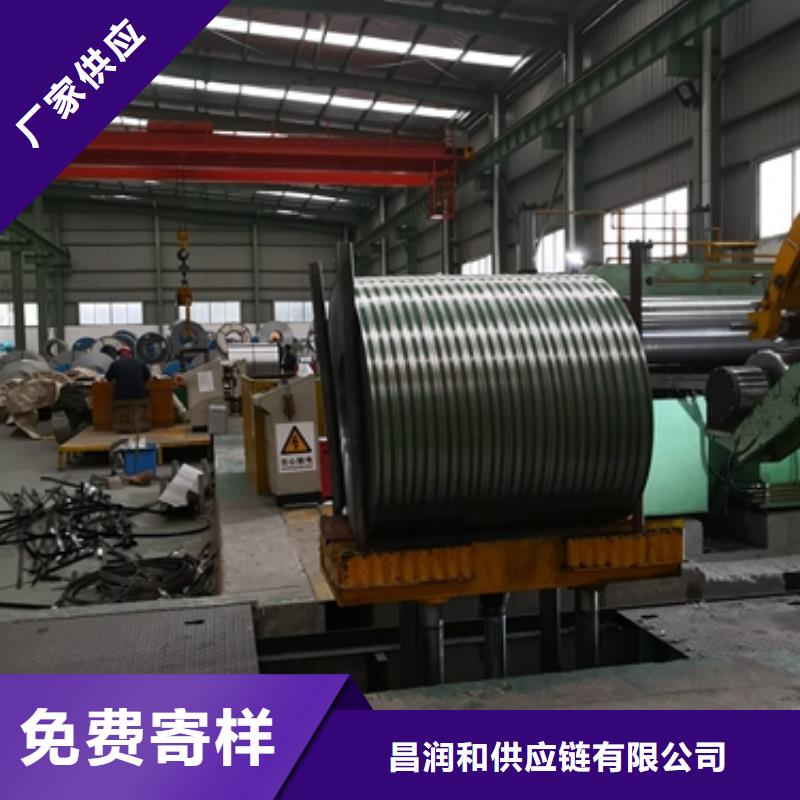
电工钢硅钢片Electrical steel, also known as silicon steel sheet, is an indispensable metal material in the power, electronics, and military industries, and is also the largest functional material in production. It is mainly used as the iron core for various motors, generators, and transformers. Specific total loss (iron loss) is the total power consumed per unit mass of material when the magnetic polarization waveform remains sinusoidal, with a specific peak and frequency. The specific total loss is represented by the symbol P (Jm/f), in W/kg. Example: P1.5/50 represents the specific total loss at a maximum magnetic polarization intensity of 1.5T and a frequency of 50Hz. 3.2 Magnetic Polarization Q/BQB 480-20212 Magnetic polarization intensity refers to the peak magnetic polarization intensity of a specific magnetic field intensity when a sample is subjected to alternating magnetization. Its symbol is J (H), and the unit is T (Tesla). Example: J5000 represents the peak magnetic polarization intensity corresponding to a magnetic field intensity peak of 5000A/m. The material grades in this document are classified based on the nominal maximum specific total loss P1.5/50 (W/kg) at a magnetic polarization strength of 1.5T and a frequency of 50Hz, as well as the nominal thickness of the material. They are further divided into three categories based on product characteristics: ordinary type, stress relief annealing type, and high-efficiency type. Example 1: B35A210 represents a common non oriented electrical steel with a nominal thickness of 0.35mm, and the maximum nominal specific total loss value P1.5/50 is 2.10W/kg; Example 2: B35AR300 represents a stress relieved annealed non oriented electrical steel with a nominal thickness of 0.35mm, and the maximum nominal specific total loss value P1.5/50 is 3.00W/kg; Example 3: B35AH230 represents an efficient non oriented electrical steel with a nominal thickness of 0.35mm, and the maximum nominal specific loss value P1.5/50 is 2.30W/kg. Example 4: 35WW210 represents a normal type WW non oriented electrical steel with a nominal thickness of 0.35mm, and the maximum nominal specific loss value P1.5/50 is 2.10W/kg. Example 5: 35WH230 represents an efficient WH non oriented electrical steel with a nominal thickness of 0.35mm, and the maximum nominal specific loss value P1.5/50 is 2.30W/kg. The classification and code of insulation coatings shall comply with the provisions of Table 2. Table 2 Classification and Code of Insulation Coatings Type Code Characteristics of Insulation Coatings Semi organic Thin Coating A Improves Punching Performance and Has Good Weldability Semi organic Thick Coating H has Good Punching Performance and High Interlayer Resistance Semi organic Chromium Free Thin Coating K does not contain chromium and has good weldability Semi organic Chromium Free Thick Coating M does not contain chromium and has good insulation performance Semi organic Chromium Free Extreme Thick Coating J does not contain chromium and has excellent insulation performance Semi organic Chromium Free Ultra Thick Coating L does not contain chromium and has extremely high insulation performance Self adhesive Coating
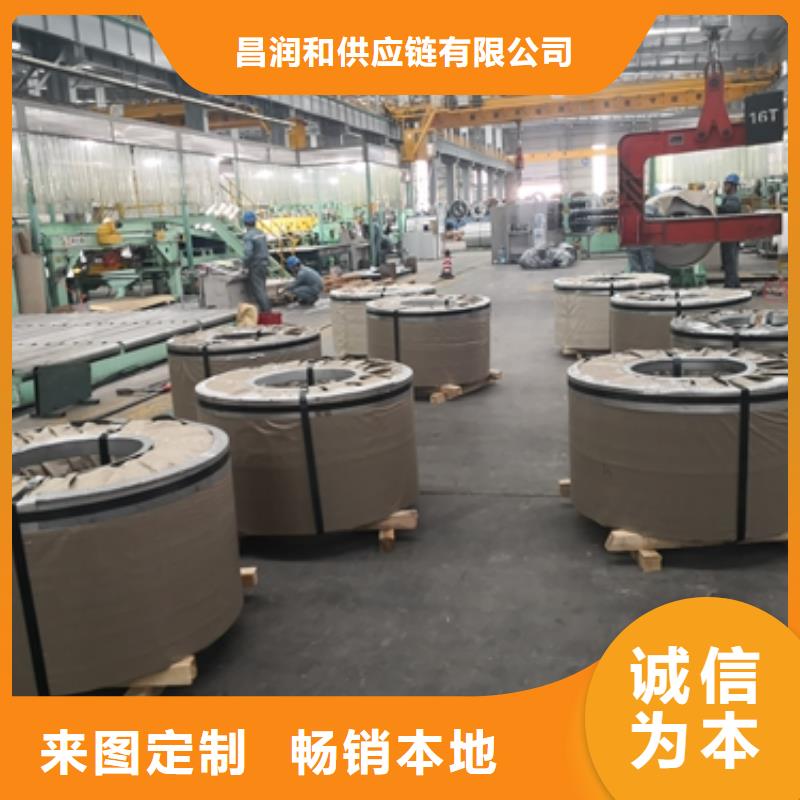
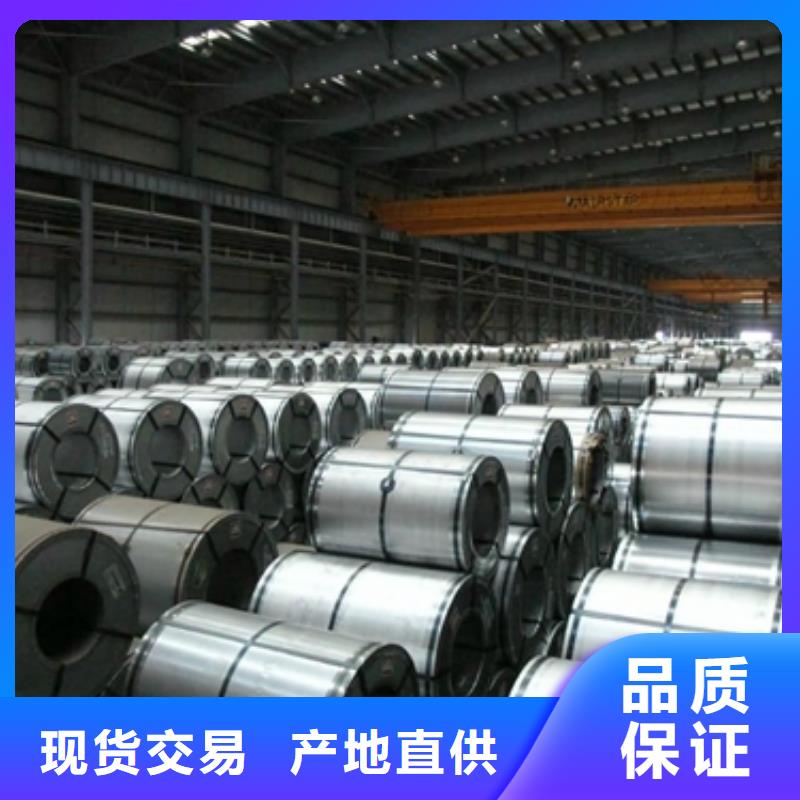
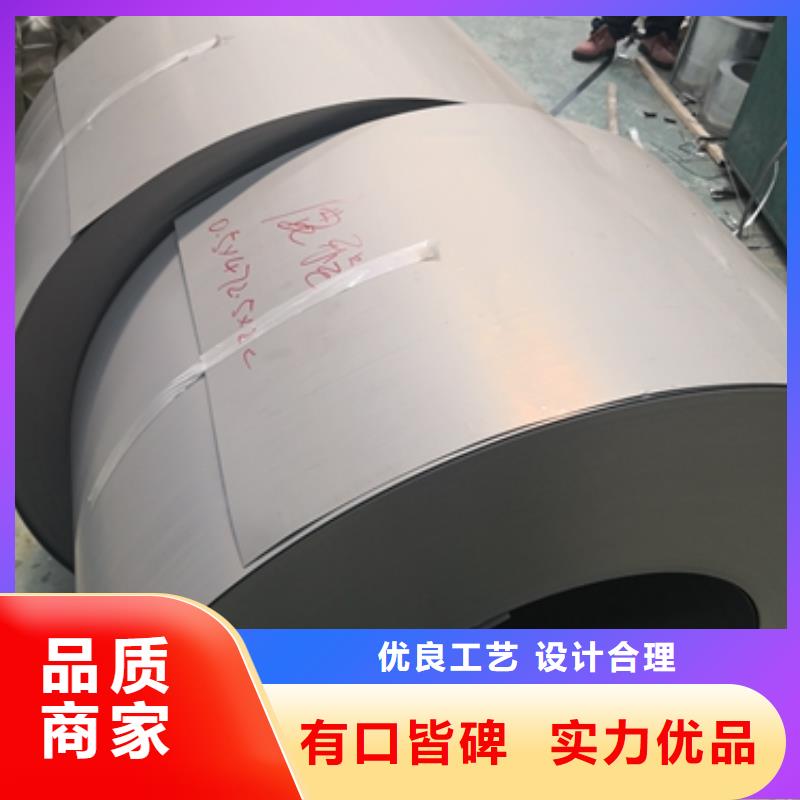
电工钢硅钢片自粘硅钢片定子手工胶粘方案由于其需要复杂的人工操作及复杂的叠压工装,其生产效率不高,并且生产存在一定的报废率,随着技术的发展,近年来多个钢厂均推出了自粘硅钢片;自粘硅钢片是指硅钢片在冷轧完之后,硅钢片厂家在硅钢片表面涂覆了一层有机的涂层(比如宝钢的Z涂层和Sura Cogent的Suralac 9000),此涂层同时具备C5涂层的绝缘性,又具备胶水的粘性;硅钢片在生产完之后,自粘涂层是不带有粘性的(B 状态),当产品在一定温度和一定压力情况下,自粘涂层会进行融化并形成固化强度将硅钢片粘接到一起,以达到胶粘的效果;对比与普通的硅钢片自粘硅钢片的相关参数如图:


